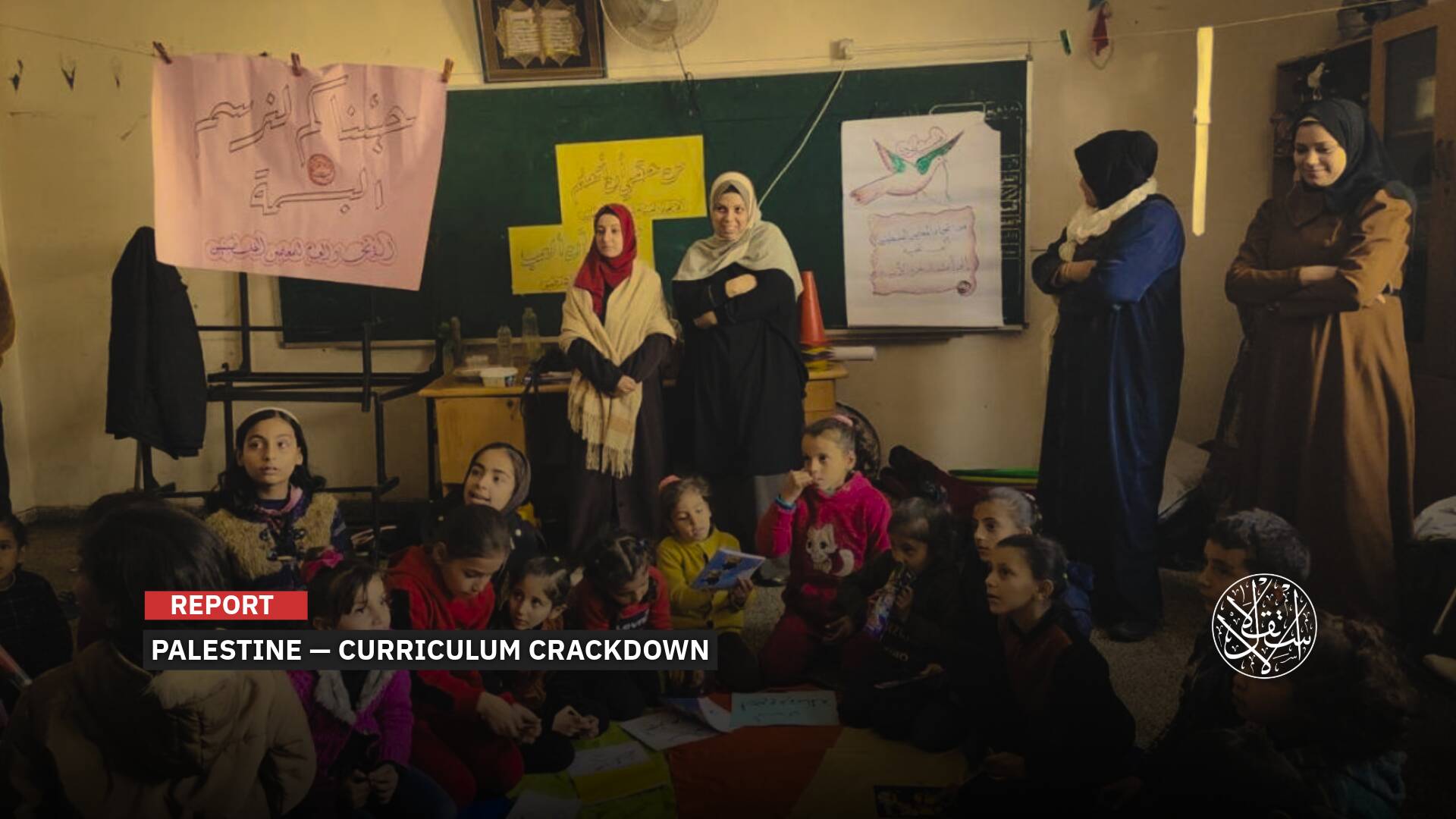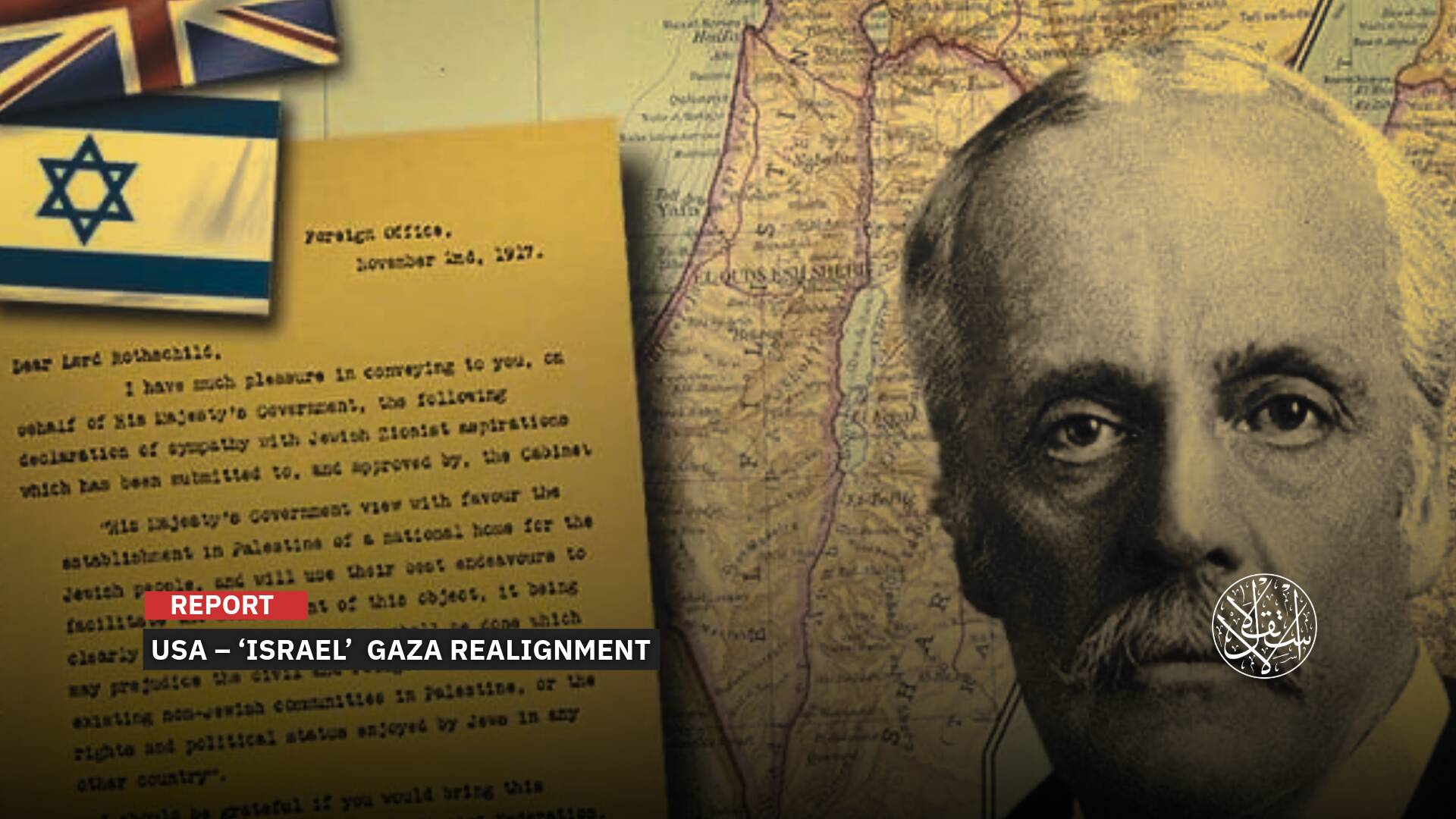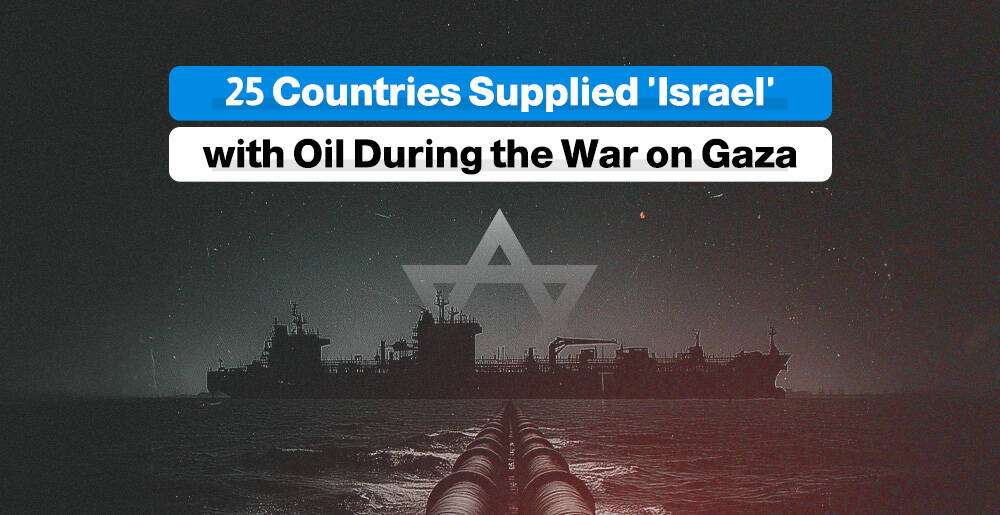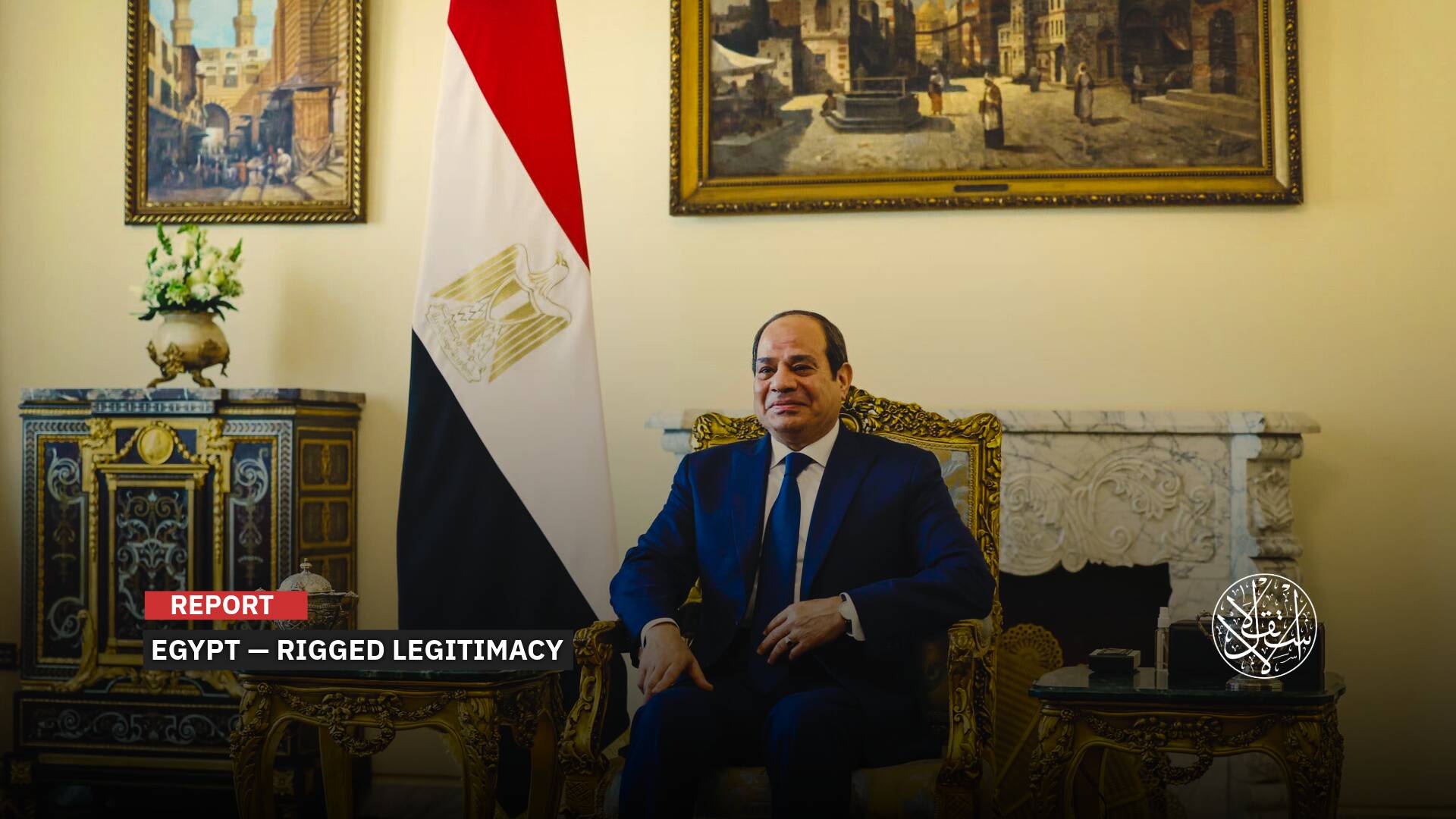This is How Turkey Demarcates the Mediterranean ‘Common Boundaries’ with Palestine
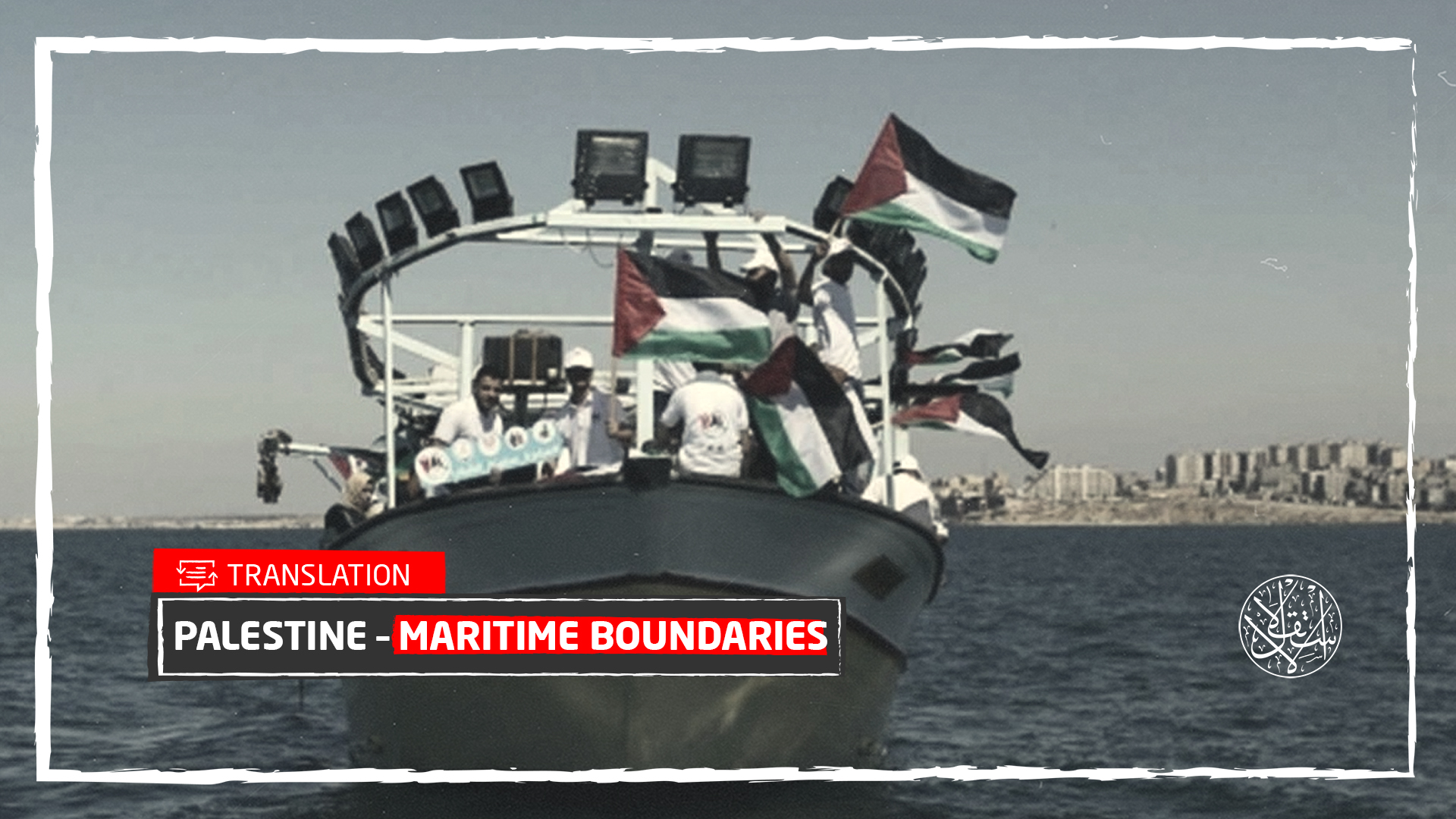
A Turkish website highlighted Ankara's proposal to conclude an agreement to demarcate the maritime borders with Palestine, as it did with Libya in 2019, amid regional anticipation for this big step.
The Milim Alaniz website published an article by Numan Aygen, a writer and researcher at the Maritime and Global Strategies Center at Bahcesehir University, in which he said: “The Palestinian people fought a resistance that almost turned into a third intifada [Palestinain uprising] after the last Israeli escalation in April to May 2021.”
He added that “Hamas supported the resistance by launching thousands of missiles that it manufactured with its limited resources, saying that it is with the people of Jerusalem and will defend Al-Aqsa Mosque at any cost.”
Aygen continued in his article: “Since events developed in this way, Muslims in various countries of the world, especially in Turkey, went out through demonstrations to declare their support for Palestine and Hamas, and as a result of the pressure generated by the intense Turkish diplomatic movement on this issue and the American call for a ceasing fire, the two sides announced a ceasefire.”
While Muslims around the world were thinking about what could be done for Palestine, the head of the Maritime and Global Strategies Center at Bahcesehir University and one of the main actors in the Libyan agreement, Cihat Yaycı (pronounced Jihat Yayji), put forward a very important strategy, in which he pointed out that Turkey could conclude a boundary demarcation agreement freely with Palestine, as it did with Libya, according to the writer.
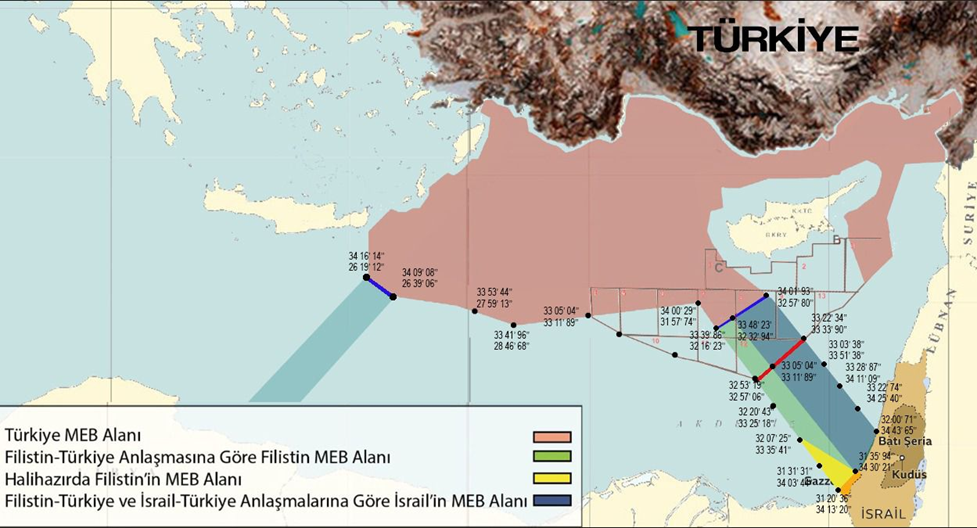
According to the website, the previous map is a model proposed by Cihat Yaycı within the framework of the maritime boundaries demarcation agreement with Palestine, and the legend shows:
Pink: Turkish exclusive economic zone (EEZ).
Green: The Palestinian EEZ upon the conclusion of the agreement.
Yellow: The current Palestinian EEZ.
Blue: the Israeli EEZ upon the conclusion of the agreement with Palestine and Israel.
Maritime Boundaries
Aygen pointed out that “the eastern Mediterranean has acquired an important position in international politics due to its geopolitical and geostrategic location, and therefore, a great conflict occurred over the sharing of the region, especially after the discovery of its energy resources, and Egypt, Greece, Israel, Jordan, Palestine, Greek Cyprus and Italy reached an agreement to establish the East Mediterranean Gas Forum.”
He added: “Turkey, which has one of the largest coasts on the Mediterranean, was excluded from the Forum that was held with the support of the United States, France and the European Union, to create an equation for dividing the Eastern Mediterranean and they tried to infringe on its rights.”
However, Aygen added, “Turkey sat at the table after long discussions with Libya, since it has a right in the region, and they signed an agreement on the demarcation of maritime borders on November 27, 2019, and it was confirmed that Ankara and Tripoli are neighbors by sea through the agreement.”
It is worth noting that the agreement was concluded by taking into account all the powers and sovereign rights of the two countries in the Eastern Mediterranean to demarcate the borders fairly, in addition to taking into account international law agreements and all other factors, according to the Turkish writer.
He further added: “With this, Athens and the Greek Cyprus’ plan failed to exclude Ankara, and the map imposed by the European Union in the region became invalid, and Turkey, on the other hand, expanded its borders by adding the area defined by the agreement, to the Blue Homeland [a Trukish doctrine by Yaycı in reference to Turkey’s rights in the East Middeterranean].”

The previous map shows the gains that the countries that have a coast on the eastern Mediterranean will achieve if they conclude the agreement with Turkey, and they can be explained as follows:
Pink: Turkish exclusive economic zone (EEZ).
Green: Libyan EEZ.
Orange: Palestinian EEZ.
Yellow: Egyptian EEZ.
Blue: Israeli EEZ.
Dotted: The areas that countries will gain if the agreement is concluded with Turkey.
Aygen believes that “Israel gave Palestine a symbolic share of the exclusive economic zone compared to what it is entitled to under the previously signed border demarcation agreement, which indicates that it occupies Palestine by sea as it does by land, given the maps drawn by former Rear Admiral Cihat Yaycı along with the strategy which he put forward.”
“If the planned agreements could be concluded, 8,510 square kilometers will be added to the Palestinian exclusive economic zone, and 13,270 square kilometers to the Blue Homeland, which will mean expanding the maritime borders of the two countries,” Aygen said.
In the event of this happening, Palestine is expected to gain various benefits, such as obtaining economic income from gas that will be extracted from the Eastern Mediterranean and expanding the fishing area for fishermen in Gaza.
The agreement, which was prepared in consideration of international conventions and laws, can contribute to the international recognition of Palestine and gain its support in terms of political realism.
Palestine, as a state, will have concluded a legitimate agreement with another state in the international arena to expand its lands, and because it is the first of its kind, this agreement will open the door to other international agreements, the author indicates.
Possible Obstructions
Aygen proceeded writing: “Some may say that this will not work because of the Palestinian division resulting from the problems and differences between Fatah and Hamas since 2007, which led to the sharing of power between them; but, it should not be overlooked that the Palestinians have worked jointly in East Jerusalem, Gaza and several other places after the escalation in the month of Ramadan and they formed a single resistance front.”
He continued: “Therefore, it can be said that this will reflect on the leaders of Fatah and Hamas and push them to work jointly on issues that are in the interest of Al-Aqsa Mosque and Palestine, especially since if an agreement is reached, the Palestinian people in the West Bank and Gaza Strip will obtain their own gains, which are essentially their rights.”
He added: “Others may say that the non-recognition of Palestine by the United Nations will constitute an obstacle, but Palestine has all the conditions that make it an existing state in accordance with the Montevideo Agreement signed in 1993 and the resolutions of the League of Nations in 1930, which define the rights and duties of states.”
Therefore, it is clear that there is no need for U.N. recognition of Palestine to conclude the agreement.
For example, Turkey concluded a maritime boundary demarcation agreement with the Turkish Republic of Cyprus, even though it is an internationally non-recognized country and does not have ambassadors, while Palestine has ambassadors and even its own passports, in addition to being an observer member of the United Nations, Aygen stresses.
He furthermore state that “also the agreements concluded by Taiwan—a country not recognized in the United Nations—with the United States and Turkey show that when a country wants to conclude an agreement with another country, the condition of membership in the United Nations is not required, and thus, it can be said indisputably that Palestine is a state, and anyone who wishes to conclude an agreement with the Palestinian state can do so.”
He added: “There is another issue that could be among the obstacles, which is the statement that Palestine does not have a coast on the eastern Mediterranean, but the fact that Palestine is a founding member of the East Mediterranean Gas Forum, in which Israel participates, is an indication that it has a coast in the region and that Palestine can sign the agreement if it so desires, despite international pressures.”
Aygen continued saying that “it may be said that Palestinian President Mahmoud Abbas will not agree to this, but since the maritime borders that will be expanded are located on the coast of Gaza, it is expected that Hamas will defend the rights of the Palestinian people and convince Abbas, through a more effective diplomatic movement in this regard.”
Win-Win Relations
“Turkey has confirmed that it will preserve its rights in the Eastern Mediterranean at all costs within the framework of international agreements, and has shown that the equations that exclude it will not work,” according to Aygen.
In addition, Turkey’s proposal, which puts forward a fair and equitable equation for all parties, will not only achieve gains for Palestine, but also for Egypt and Israel.
The Turkish writer explained: “Although Egypt is one of the countries that owns one of the largest coasts in the region, it gets a very small share (about 5 percent) of oil and natural gas under the agreement it signed with Italy and Greece, but it will get a share of more than 10 percent of the resources with the agreement that Turkey is preparing to put forward in the framework of international agreements and laws.”
As can be seen from the second map, Egypt will gain a total area of 21,303 square kilometers if it concludes the agreement with Turkey. It can be said that this situation will positively affect bilateral relations in the continuation of the high-level diplomatic relations that began recently, according to the article.
The writer added: “While it would not be wrong to say that Israel is one of the parties that lost under the agreements it signed in isolation from Turkey in the Eastern Mediterranean, and it is expected that Israel’s gains in the region will be about 4,515 square kilometers, as shown in the second map.”
Aygen explained that saying: “As Israel had signed a maritime boundary demarcation agreement with Greek Cyprus, which was portrayed as having more space than it is entitled to under international agreements, in 2010, but after translating an article written by Cihat Yaycı in 2012 into English and publishing it in Israel, Israel said this situation is inconsistent with international maritime law.”
Thus, Israel took back part of the 12th plot in the area from the Greeks in the past months, announced that the agreement reached in 2010 should be reviewed, and told the companies that “the search and drilling operations in the area must be stopped until the problems are justly resolved.”
Since the public diplomacy initiated by the Maritime and Global Strategies Center at Bahcesehir University revealed an attempt to deceive Israel, it is expected that Israel will not oppose the proposed maritime boundary demarcation agreement between Turkey and Palestine as it means preserving its interests in the region.
In sum, Palestine will get a minimum area of 8,510 square km, while Israel will gain no less than 4,515 square km.
As for Egypt, it will also get no less than 21,303 square kilometers of area if it concludes the maritime boundary demarcation agreement proposed by Turkey.
If Egypt concludes an agreement with Turkey instead of Greece, it will get an EEZ area of no less than 6,443 square kilometers.
But if it concludes an agreement with Turkey, instead of Greek Cyprus in the western part of the Eastern Mediterranean, it will add an area of 14,860 square kilometers to its maritime borders.
Aygen concluded his article by saying: “The Greek Foreign Minister, Nikos Dendias, quickly went to Palestine to hold official meetings, as soon as the draft agreement proposed by Cihat Yaycı appeared on the agenda, while the issue aroused a wide echo in the Greek media.”
Headlines appeared saying: “The Turks are returning: Our maritime borders will be with Gaza,” and “Turkey’s goals in concluding an agreement to demarcate maritime boundaries with Palestine, which works to harm Greece and its plans in Cyprus.”
In general, the reactions and the interest of the international press in the matter indicate the importance of the proposed draft “Demarcation of maritime jurisdiction agreement with Palestine following the Libyan model” for the region, according to Aygen.


